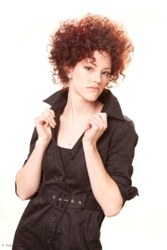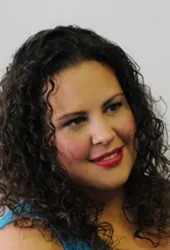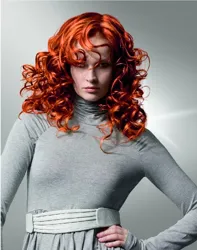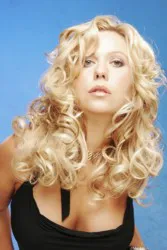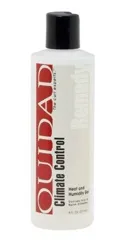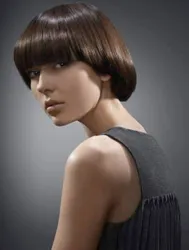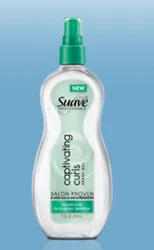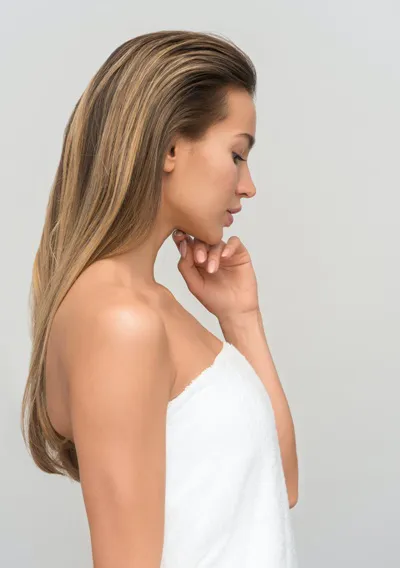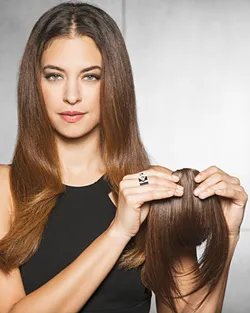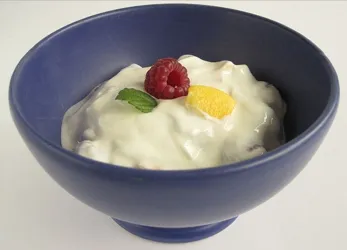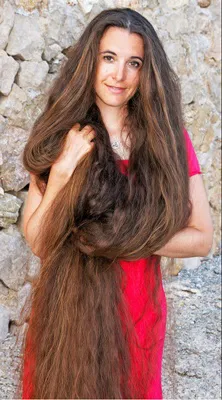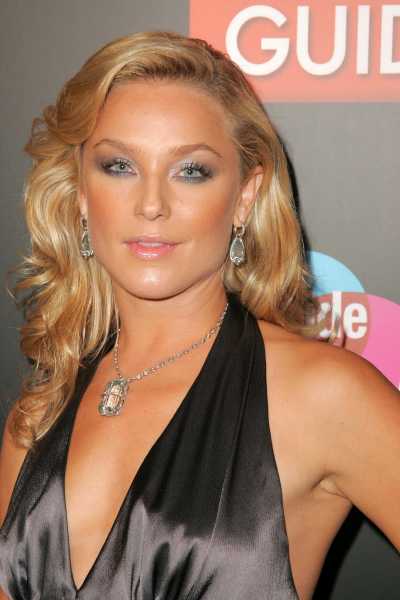
How To Define Types Of Curly Hair Frizz
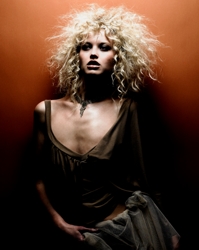 How To Define Types Of Curly Hair Frizz
How To Define Types Of Curly Hair Frizz
According to celebrity hairstylist John Frieda he created the awareness of frizzy hair. Frieda says that until he launched Frizz-Ease in 1991, "there was nothing for frizzy hair, no one even said 'frizz.'" He says "We created the category."
Some people refer to frizz as fuzz, poof and hair puff. While you can inherit naturally frizzy hair as part of your genetics, it can also occur for a variety of reasons ranging from method of hairstyling to chemical treatments and hot tool abuse.
Dictionary Definition Of Frizzy Hair
The Cambridge online dictionary defines frizzy hair as very curly and not smooth or shiny. Other dictionaries define frizz, frizzed, frizzing and frizzes as to fry or burn with a sizzling noise.
It's also sometimes defined as to fry or burn with a sizzling noise or to make a sizzling noise while frying or searing. It may also be defined as tight-curled, crisp, corrugated, wiry, crimped and frizzed.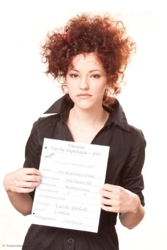 Frizzy hair is not limited to only curly, coily or kinky hair. As New York curl expert, Barbara Lhotan explained, frizz can and does occur on naturally wavy and straight hair as well.
Frizzy hair is not limited to only curly, coily or kinky hair. As New York curl expert, Barbara Lhotan explained, frizz can and does occur on naturally wavy and straight hair as well.
After chatting with Barbara and several of my celebrity hairdresser friends who specialize in curls I have put together a general description of the key types of frizz. Of course I'm sure I've missed some so if I have I hope you'll provide your feedback so I can expand my frizz definition.
It can occur in every length of hair from short to extremely long in men, women and children of every age from babies to those of an advanced age. Frizz is one of the most common hair challenges which people battle off and on throughout their hair lives.
Note: All images shown to the side and throughout the rest of this article were provided courtesy of Barbara L. Lhotan - All Rights Reserved.
Types Of Frizz
Listed below are some of the most common types of hair frizz which may occur in naturally curly, wavy, coily, kinky and straight strands.
General Frizz - General frizz is fluffy, fuzzy, poofy hair which doesn't have signature or unique characteristics to label it as a specific type of frizz.
German Frizz - Krausen Haar is the German term for frizzy hair. It's also used to describe the foamy, meringue-like airy, fluffy head which develops during the initial stage of beer fermentation. The foam build-up is attributed to yeast eating sugars and building up CO2 in the process.
In a sense Krausen Haar is similar to the meringue-like consistence of frizz which forms around wavy hair as well as all types of hair from stick straight to curly, coily and kinky.
Bone Dry Frizz - This type of frizz most often occurs when hair is chemically damaged, naturally dry or has a cuticle shape such as curly, wavy, kinky and coily which doesn't completely close. Since the cuticle is always partially open with naturally textured hair, any natural or applied moisture escapes more easily. This leaves hair dry unless constantly hydrated with leave-in conditioners which create a moisture barrier for the hair.
Chemically Induced Frizz - When hair is damaged due to excessive bleaching, coloring, relaxing, straightening or a combination, the hair may become so dry and damaged that when washed, the hair literally turns into a sponge-like ball of frizz which can not be easily detangled, combed or styled.
This is an extreme cause of frizz which often signals drastic treatment to try and recover some of the hair. Often when hair has chemically induced frizz it's only hope of recovery is with major hair removal.
Crimped Out Frizz -This type of hair frizz looks like a series of wires growing directly out of the scalp. The wiry strands also may look crimped, crinkled and rumpled. Some people with naturally straight hair may lush at the crimped frizz look, but when it occurs naturally it's not so much fun.
Crimped frizz is often linked to follicle suffocation from heavy styling products combined with too much heat from the sun, hot tools, moisture or humidity.
Cobweb Frizz -Cobweb or webbed frizz is similar in some aspect to crimped frizz which has a wiry appearance. Webbed frizz appears to be part of a weblike pattern of random strands which puff up and float across the surface of the hair. Webbed frizz may appear around the hairline or in an intricate web throughout the entire surface of the strands.
Webbed frizz may occur on just a few strands throughout or on a large number of strands which are individually separated and detached from their natural curl clumped sections. This type of frizz can range from slight to very intense. In some cases the frizz forms an actual web which looks like a cobweb of frizz is floating on top of the rest of the hair.
Cobweb frizz can be caused by a myriad of factors included by not limited to too much styling product, not enough product, humidity, excessive exposure to natural heat or styling tools. It can result from a poorly defined hair cut where the curls have friction with each other and appear to clash in a burst pattern. This pattern may also occur when ionic charges are present.
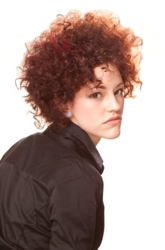 Deliberate Frizz - Some hairstyles may actually call for deliberately created frizz. A good example is a picked out traditional Afro hairstyle where the curls, coils and kinks are deliberately separated with fingers or a comb which causes hair to puff up into a big frizz infused head of hair.
Deliberate Frizz - Some hairstyles may actually call for deliberately created frizz. A good example is a picked out traditional Afro hairstyle where the curls, coils and kinks are deliberately separated with fingers or a comb which causes hair to puff up into a big frizz infused head of hair.
Deliberate frizz if often created by cleansing, blow drying, hot ironing and then brushing and/or backcombing to create a big halo around the perimeter of the head.
Dread Perm Frizz - For people who want an express ride to big or frizzy dreads, the dread perm chemical treatment is the answer. The dread perm deliberately causes hair to frizz up and lock together to from an instant array of fuzz embellished dreadlocks.
Excessive Moisturized Frizz - This is frizz caused by too much moisture. When hair is overly conditioner or moisturized it may cause a combination of Flyaway Frizz and it can actually feel dry and rough even with excessive moisture.
Fly-a-way Frizz - Fly-a-way frizz is very similar to cobweb frizz. This frizz is located in the separation between individual sections of curl clumps, waves, coils or kinks. It also floats on the surface of the hair rather than invading the inside of the natural texture formation.
Unlike cobweb frizz, with fly-a-way frizz the fuzz or puffy strands float along the top of the hair in a hair net like formation but with random hair sticking straight out from the rest of the hair.
Since the frizz is on the surface, it appears to fly free which is why it is called fly-a-way frizz. The frizz can occur along the top although sometimes it will occur horizontally throughout the length of the strands and possibly underneath. It also occurs around the hairline for some.
Fluffed Up Frizz - The difference between puffed out and fluffed up frizz is tied to the definition of individual curl, wave, coil, kink or coils. With fluffed up frizz the definition of the individual strands, even when covered by a layer of fuzz, can still be identified. Fluffed up frizz is often caused by the application of too much head from a blow dryer or hot styling tools.
Fluff up frizz often looks like a big pile of fluff. This type of frizz can occur when hair is overly conditioned and is soft and fluffed up with frizz.
Puffed up frizz is like a cloud covering over the hair where individual strands lose all curl, wave or coil definition. The puffy frizz basically fogs over the hair covering it with a big fuzz cloud.
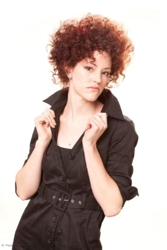 Frizzed Ends - This type of frizz is common in all hair types, especially when the ends are ripped, split or frayed. The opposite of halo frizz, this fuzzh appears at the crown or near the top of the head. Frizzed ends appear right at the ends of the hair or slightly above the ends.
Frizzed Ends - This type of frizz is common in all hair types, especially when the ends are ripped, split or frayed. The opposite of halo frizz, this fuzzh appears at the crown or near the top of the head. Frizzed ends appear right at the ends of the hair or slightly above the ends.
Sometimes if the hair is extremely damaged from excessive use of chemicals or heat styling the hair may have pockets of frizzing where the hair has torn or ripped but may not necessary be at the ends. In some isolated cases the hair may not be split, ripped or torn, but frizz occurs at the ends of curls, waves, coils or kinks and gives the appearance of frizzy ends.
Frizzed ends, if not linked to splits or rips, is tied to lack of proper hydration. Since the ends are the furthest point from the roots, it is the area of the strands which may become most dry and more prone to splitting and frizzing. All types of hair can and do suffer from frizzed ends.
Frizz Tubes -This type of frizz is very unique because it is a type of surface frizz but it forms around the perimeter of individual ringlets and elongated curls.
The curls and ringlets are still well defined but individual sections if not all the sections have a fine layer of surface frizz which surrounds the ringlets in a tube like formation. The fuzz does not break the curl pattern, but surrounds it. This may occur with all the curls or just some and it may occur throughout the interior of the curls, at the edges or both.
Halo Frizz - This surface type frizz is usually limited to the area around the back of the head of the crown. Some people will experience halo frizz around the hairline as well as at the crown. Sometimes people who have cowlicks will experience frizz around the area of the cowlick.
Jungle Frizz -This type of frizz was discovered by HairBoutique.com's Edan Kencayd who has a mass of curls, coils and kinks which at any time will explode into a mountain of big hair she defines as "jungle hair". I've known Edan for many years and when her hair is misbehaving and frizzing she will tell me she has "jungle frizz" which is random. Sometimes she will experience frizz tubes on her normally beautiful ringlets. Other times she will have a combination of surface frizz, frizzed ends and scrunched in frizz.
The interesting thing about Edan's jungle frizz is that it never looks the same and it strikes without warning. Edan has learned to embrace her jungle hair which consists of multiple curl patterns by taking advantage of gorgeous hair accessories to offset any frizz that may be billowing off her stunning chocolate brown naturally textured tresses.
Puffed Out Frizz - This type of frizz takes no prisoners. It's like a mushroom cloud of airy fuzz completely covers all curls, waves, kinks and coils. All individual strand definition is completely lost. Puffed out frizz looks like a gigantic cloud of fuzz is covered the head, almost like a major fog.
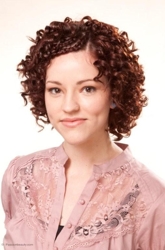 Product Induced Frizz - Some products like heavy silicones, creams and oils will produce a brilliant shine but also cause strands to frizz and pouf up. Product induced frizz gives the appearance of a slick layer of styling product covering the top layer and creating shine and shimmer with frizz exploding out from underneath the hair product layer.
Product Induced Frizz - Some products like heavy silicones, creams and oils will produce a brilliant shine but also cause strands to frizz and pouf up. Product induced frizz gives the appearance of a slick layer of styling product covering the top layer and creating shine and shimmer with frizz exploding out from underneath the hair product layer.
In essence, the applied product, which is most likely designed to prevent frizz only provides a fake smooth exterior while not really controlling the layers of frizz underneath.
In many cases the contrast between the silky smooth top layer and the underlying frizz makes the fuzz and puffiness even more obvious. Even when the frizz may be lessened to some extent by the products it is still noticeable.
Scrunched In Frizz - Some types of naturally textured hair will blow up into a ball of major frizz when certain types of styling products are applied to wet or damp strands when the hair is hand scrunched. Those products may include heavy gels or similar styling products which instantly cut off air flow to the strands causing a form of hair suffocation.
When wet or damp strands are suffocated as a result of heavy product application combined with hair scrunching a rapid frizz may attack. Some hair experts believe frizz caused as an apparent result of scrunched in product suffocation is due to the creation of ion charges causing hair to instantly repel from each other.
If you ever wondered why hair experts tell people with natural waves, curls, kinks and coils to keep their fingers out of their wet or damp strands which have been layered with heavy styling products or gels.
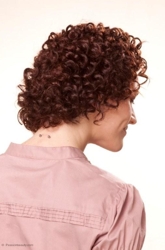 Strand Embedded Frizz -This frizz occurs literally inside individual strands so that the curls or waves lack cohesive definition, smoothness or consistency. This is the reverse of frizz tubes.
Strand Embedded Frizz -This frizz occurs literally inside individual strands so that the curls or waves lack cohesive definition, smoothness or consistency. This is the reverse of frizz tubes.
When strand embedded frizz occurs it means frizz may occur within all of the strands, some of the strands or just select strands. Sometimes the frizz will occur in the space between the curls or waves.
Hair experts believe that strand embedded frizz or space frizz is due to the application of heavy, thick or sticky styling products with ionic characteristics which cause the hair around the edges of each strand and in the space between the strands to attract each other and cause frizz in varying degrees.
Surface Only Frizz - Unlike strand embedded frizz, surface only frizz occurs only on the outer top layer of the hair rather than in the individual curls, waves, strands or in the underneath.
Surface only frizz is often very fluffy, airy and light in nature. Surface frizz will often double, triple or quadruple in size when exposed to varying levels of humidity.
With surface frizz individual strands appear to be floating on top of the rest of the hair almost like a whipped hair layer. The surface fuzz layer may even appear to be ready to lift off and float away from the rest of the hair.
Underneath Frizz - Frizz can occur both on the surface, inside actual texture, in-between texture such as curls, waves, kinks and coils or it can occur only on the underneath of the hairline. Underneath frizz may not be noticeable to others if the top hair does not frizz. However, the downside of this type of frizz is that it may cause tender and fragile textures to tangle, forming fairly knots.
Volume Frizz - This type of frizz may occur when hair is doused with volume boosting styling products. While volume enhancing products may help add fullness to hair, because of the way volume boosting products work they cause strands to blow up in size which may result in surface or halo frizz or even cow web frizz in the areas where volume enhancement is being targeted. Volume enhancing products may actually cause more frizz to naturally textured people.
Summary
Hair frizz, which John Frieda explains was defined by him and his company, can be caused by a variety of factors ranging from genetics to the abusive use of chemicals, hot tools and other styling methods. Frizz can also occur due to the natural formation of the cuticle which allows moisture to naturally be evaporated from the strands leaving hair dry and prone to fuzz, frizz and puffiness.
More Information
Please follow me on Twitter at: http://Twitter.com/HairBoutique. I look forward to meeting new people from all walks of Twitter and learning from their Tweets. Visit us at Hairboutique.com located at: http://www.HairBoutique.com, on Facebook, MySpace and YouTube.
Thank you for visiting us at The HairBoutique Blog and for leaving your comments. They are very much appreciated. We apologize in advance but must remove any direct advertisements or solicitations.Social Media Network Information
Please follow us on Twitter at: https://Twitter.com/HairBoutique. I look forward to meeting new people from all walks of Twitter and learning from their Tweets.


